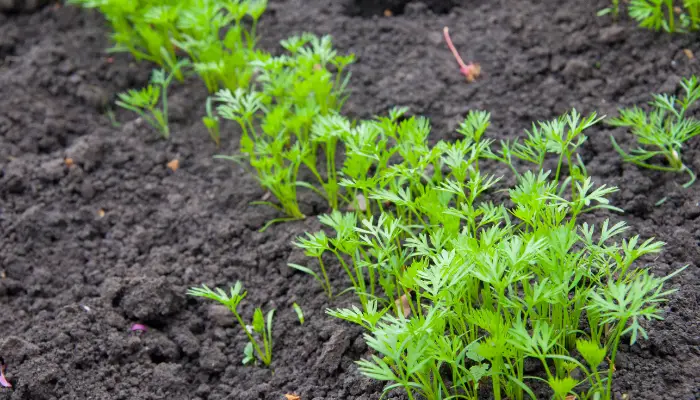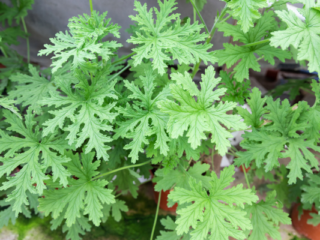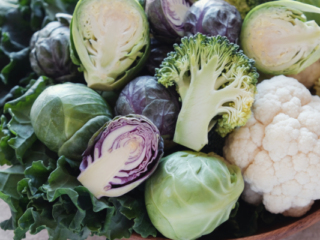Beyond their usual place in salads and stews, carrots grow as they undergo the enchanting process of sprouting. Let us go into the details of what carrots look like when they sprout, unraveling the mysteries encapsulated in their transformation from humble seeds to delicate sprouts. Carrots are those brilliantly hued roots that grace our culinary creations.
Carrot Seed Stage
The start of this stage can be traced back to the tiny carrot seed, which is essentially an insignificant entity that resembles small, brown grains. These seeds contain the latent potential for life, and when they take up the necessary moisture from the soil, a miraculous series of events occur: the embryo inside the seed swells and becomes alive, preparing the ground for the process of germination.
What do Carrots Look Like When They Sprout?

When carrots sprout, the first visible indications of their growth are the tiny, feathery leaves that emerge from the soil. These leaves have a vivid green color. As the sprouting progresses, a distinctive crown of leaves forms, which looks like a tiny tuft of grass and is positioned atop the emerging root. The roots are also an important part of the sprouting process. Below the soil’s surface, tiny, hair-like roots spread outward, stabilizing the plant and taking up vital nutrients from the soil to support the plant’s overall growth.
In terms of color, young carrot sprouts can exhibit a diverse range of hues. While the mature carrot is most commonly associated with its iconic orange color, the early stages of growth may showcase shades of purple, red, or yellow. These variations in color are attributed to the presence of pigments such as anthocyanins, which add an extra touch of visual interest to the sprouting carrots.
Observing the sprouting process provides a fascinating glimpse into the intricate and dynamic stages of a carrot’s life cycle. The combination of vibrant green leaves, the distinctive crown, and the evolving color palette contributes to the visual allure of these young carrot sprouts as they reach for the sunlight and unfurl into the world.
The Germination Ballet

Carrot seeds are like little dancers in the symphony of life, performing a complex ballet of germination. The softening process of the seed coat, brought on by sufficient warmth and moisture, causes a tiny root to appear and unfold delicately as it finds its way into the soil. At the same time, a shoot, called a plumule, appears and gracefully rises to the surface. This delicate dance of roots and shoots is the overture to the carrot’s journey towards the life-giving light.
Sprouting Elegance
The carrot seedling experiences an exquisite transformation as it grows. The first true leaves unfold gracefully, setting off a dramatic visual contrast with the developing root below. The vivid green foliage is a sign of the plant’s life and health. At this point, the carrot sprout becomes a work of art, a tiny, intricate sculpture formed by the balanced interaction of sunlight, water, and soil nutrients.
The Carrot Crown
The most characteristic characteristic of the sprouting stage of carrots is the appearance of their own crown of leaves, which resembles a tiny mound of green grass and rests majestically atop the growing root. These leaves are not only more visually appealing, but they also play a major role in the plant’s capacity to absorb sunlight for photosynthesis, which is an essential process that drives the plant’s continuous growth and development.
Roots of Resilience
Below the surface, the root system of the carrot expands dramatically, like the tentacles of nature extending into the soil. The tiny, hair-like roots reach out their delicate fingers, securing the plant while also making it easier for it to absorb vital nutrients. This underground network is an example of how resilient the carrot is, providing stability and nourishment for the growing plant.
The Palette of Carrot Colors
Although fully grown carrots have the most famous orange color, young carrot sprouts can have a wide range of colors that can appeal to the senses. They can have colors that range from bright yellow to shades of purple and red, which can add a delightful variety to the garden palette. These colors are caused by anthocyanins and other pigments that gradually fade as the carrot ages into its well-known orange glory.
Conclusion
Carrots from seed to sprout reveal their innate resilience and sheer elegance. The sprouting process is a demonstration of nature’s intricate choreography, with each step occurring with purpose and precision.
Watching carrot sprouts emerge allows us to recognize the beauty that is present in the seemingly simple yet profound act of growth.
So, the next time you enjoy the crispness of a carrot, pause to consider the amazing journey that took it from a humble seed to a thriving sprout a living example of the cyclical essence of life in the natural world.
Frequently Asked Questions about Carrot Sprouting:
1. What do carrot sprouts look like initially?
-
- Carrot sprouts begin with delicate, feathery green leaves that emerge from the soil. These leaves develop into the recognizable crown of the plant, resembling a miniature tuft of grass.
2. Are all carrot sprouts green?
-
- While the mature carrot is commonly orange, young carrot sprouts can exhibit a variety of colors, including shades of purple, red, or yellow. This color diversity is due to the presence of pigments such as anthocyanins.
3. How long does it take for carrots to sprout?
-
- Carrots typically take about 1 to 3 weeks to sprout, depending on factors such as soil conditions, temperature, and carrot variety.
4. What are the key factors for successful carrot sprouting?
-
- Adequate moisture, well-drained soil, and exposure to sunlight are crucial for successful carrot sprouting. Ensure that the soil is kept consistently moist but not waterlogged.
5. Do carrot sprouts need direct sunlight?
-
- Yes, carrot sprouts benefit from exposure to direct sunlight. Sunlight is essential for photosynthesis, the process by which plants produce energy and grow.
6. When is the best time to plant carrot seeds for sprouting?
-
- Carrot seeds are typically planted in early spring or late summer for optimal sprouting conditions. The soil should be workable and not too cold.
7. How deep should carrot seeds be planted for sprouting?
-
- Carrot seeds are small and should be planted shallowly, approximately 1/4 to 1/2 inch deep. Ensure good seed-to-soil contact for successful germination.
8. Can I eat carrot sprouts?
-
- While young carrot leaves are technically edible, the main culinary focus is on the mature root. As the carrot plant matures, the leaves may become bitter, so it’s more common to enjoy the fully grown carrots.
9. Can I transplant carrot sprouts?
-
- Carrots are sensitive to transplanting due to their delicate taproot. It’s generally recommended to sow carrot seeds directly in the location where they will grow to avoid disturbing their root system.
10. How can I protect carrot sprouts from pests?
-
- Consider using row covers or companion planting with aromatic herbs to deter pests. Regularly inspecting the leaves for signs of pests and taking preventive measures can help protect your carrot sprouts.




